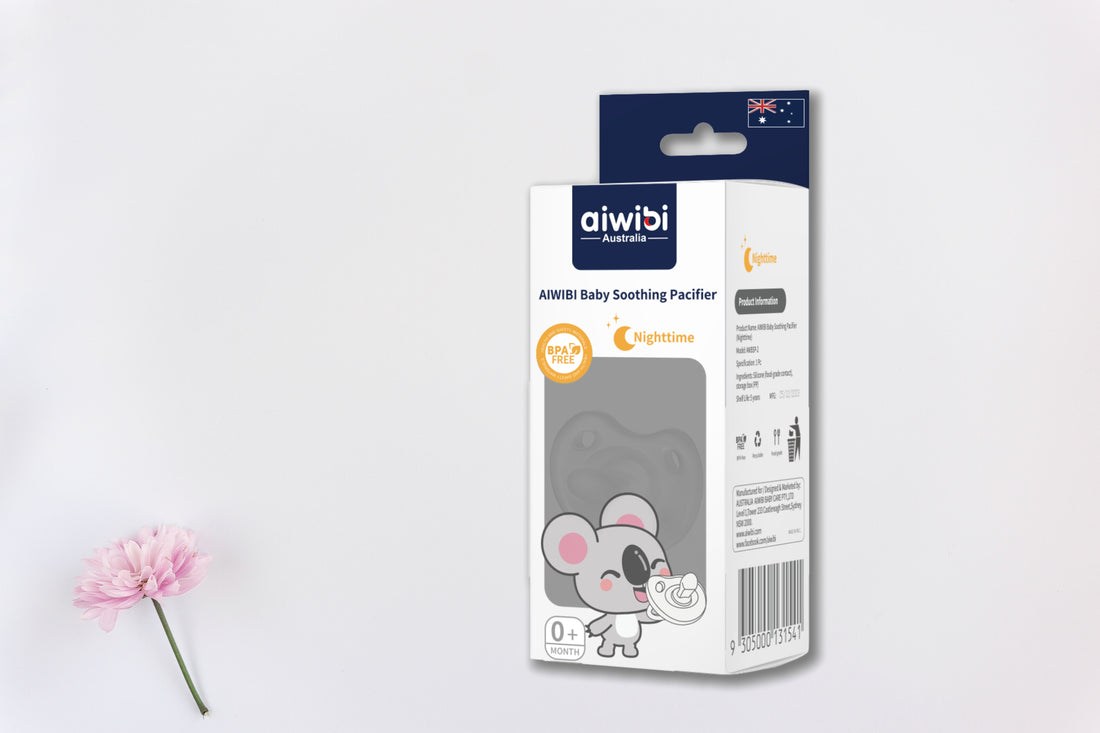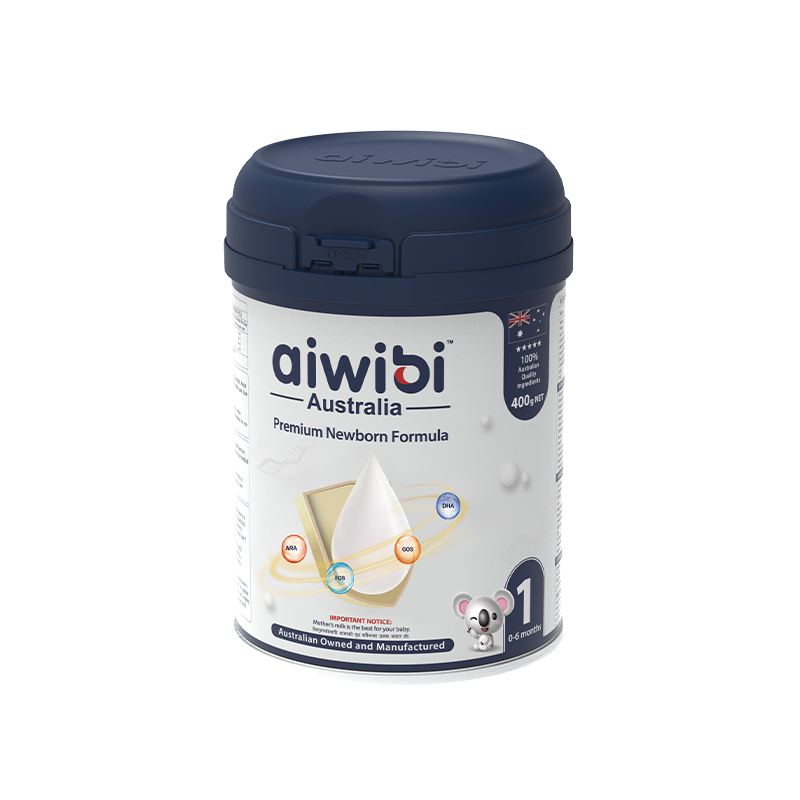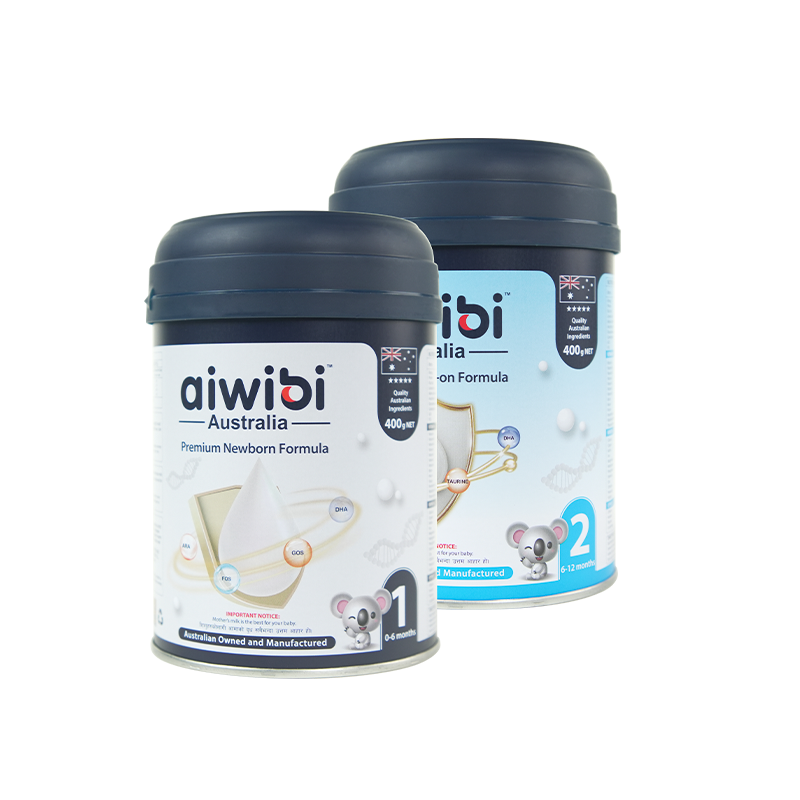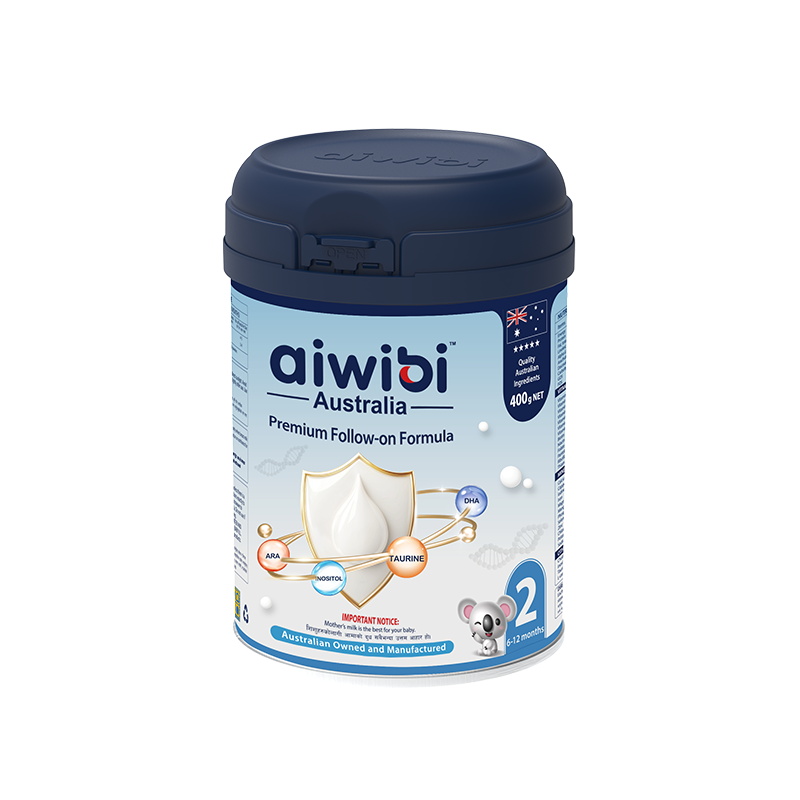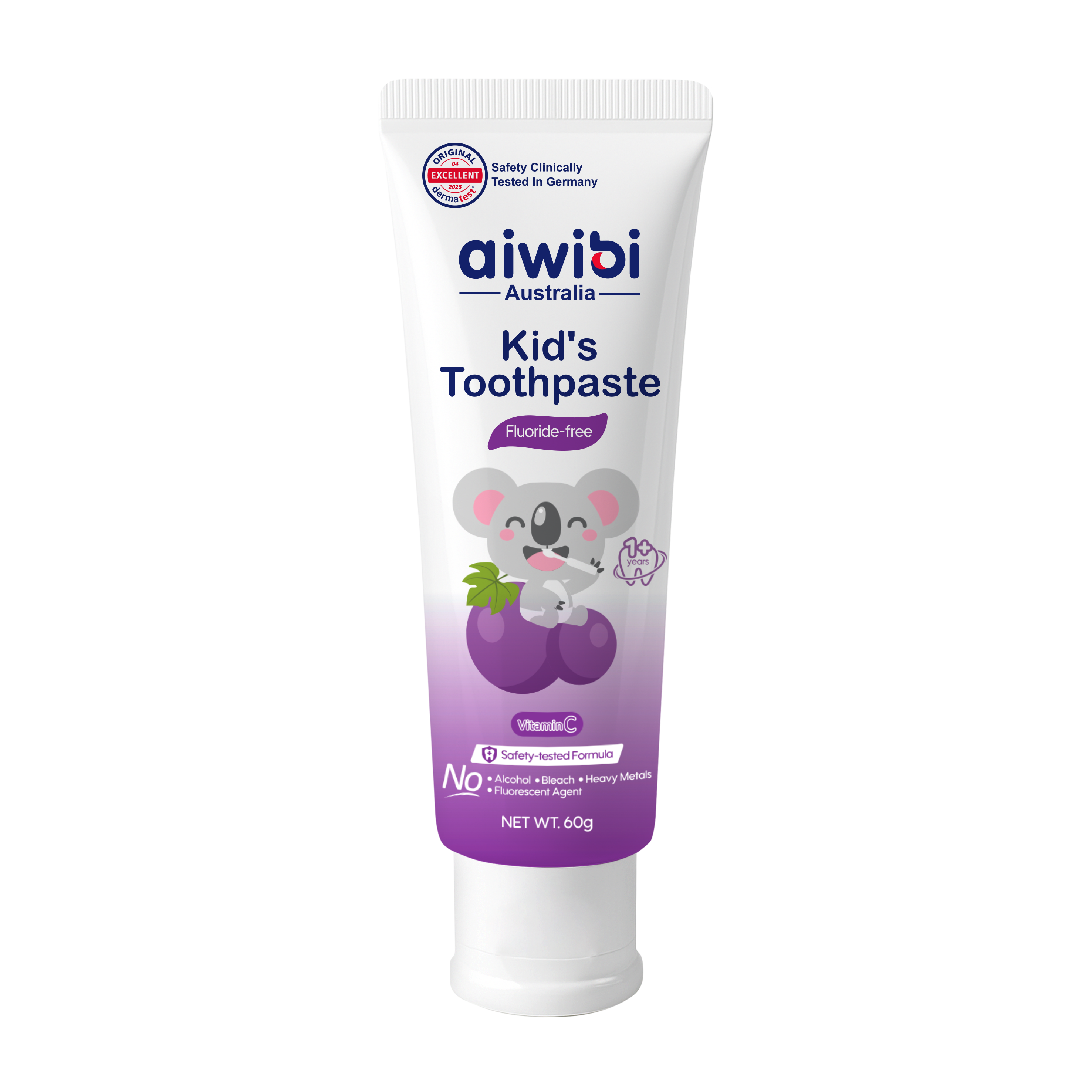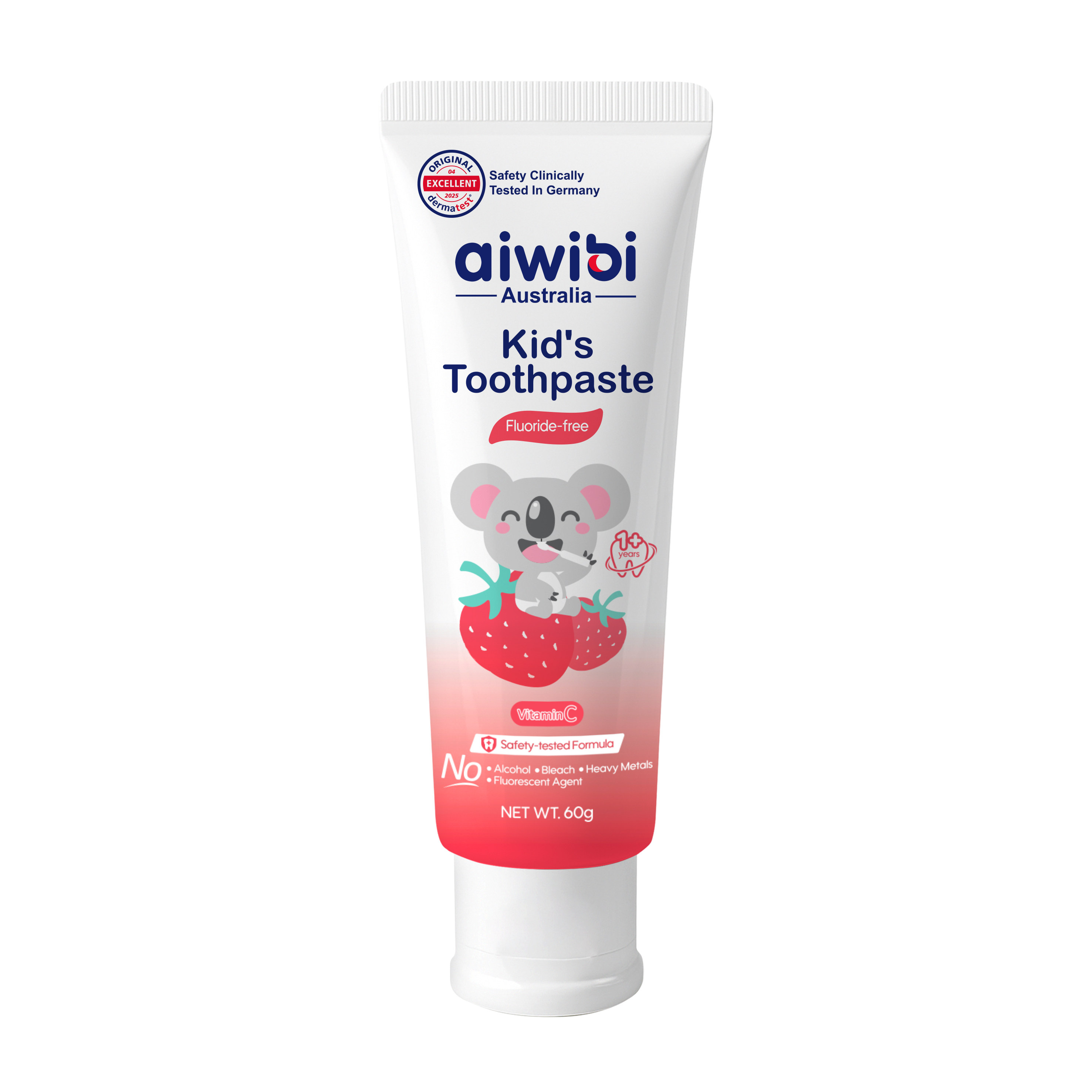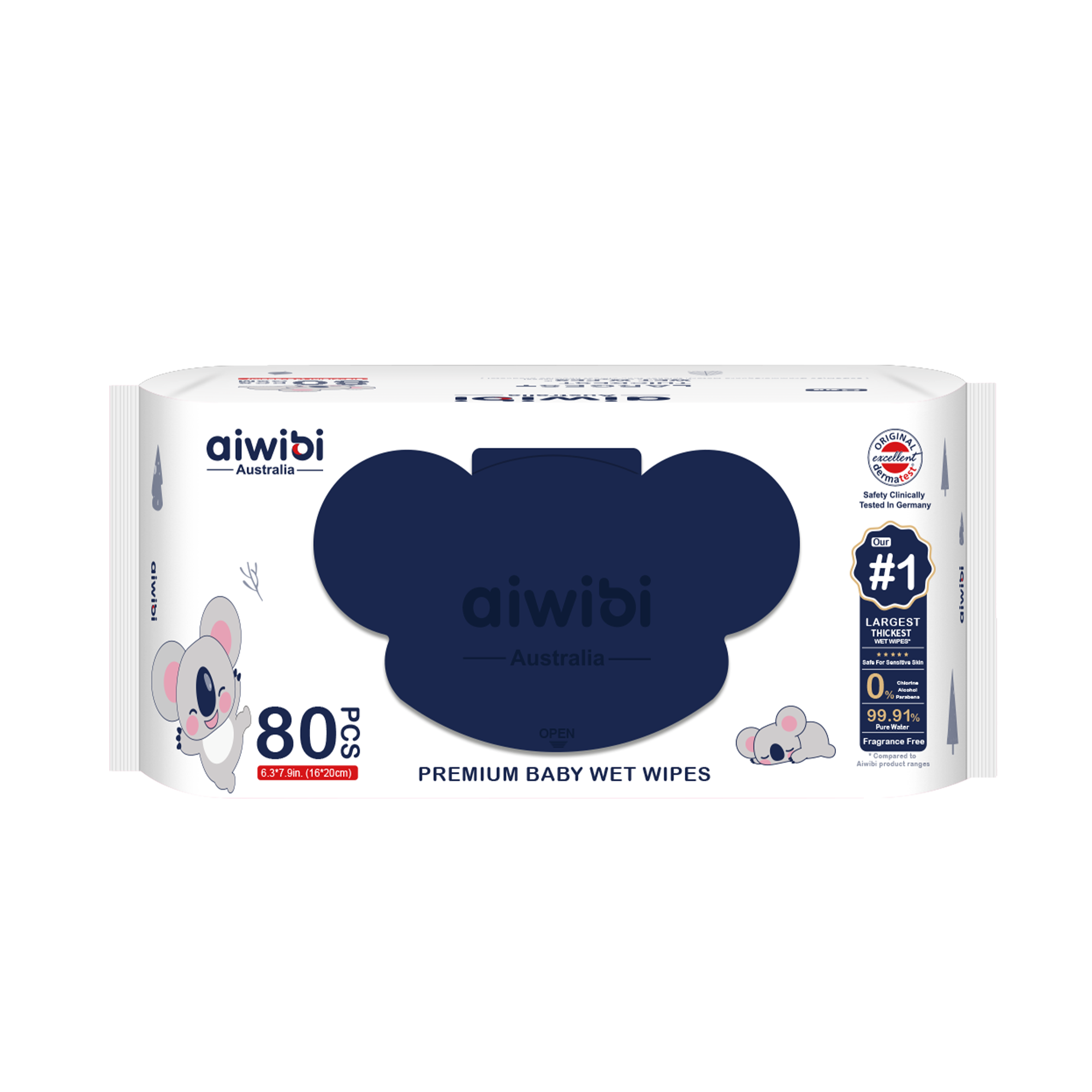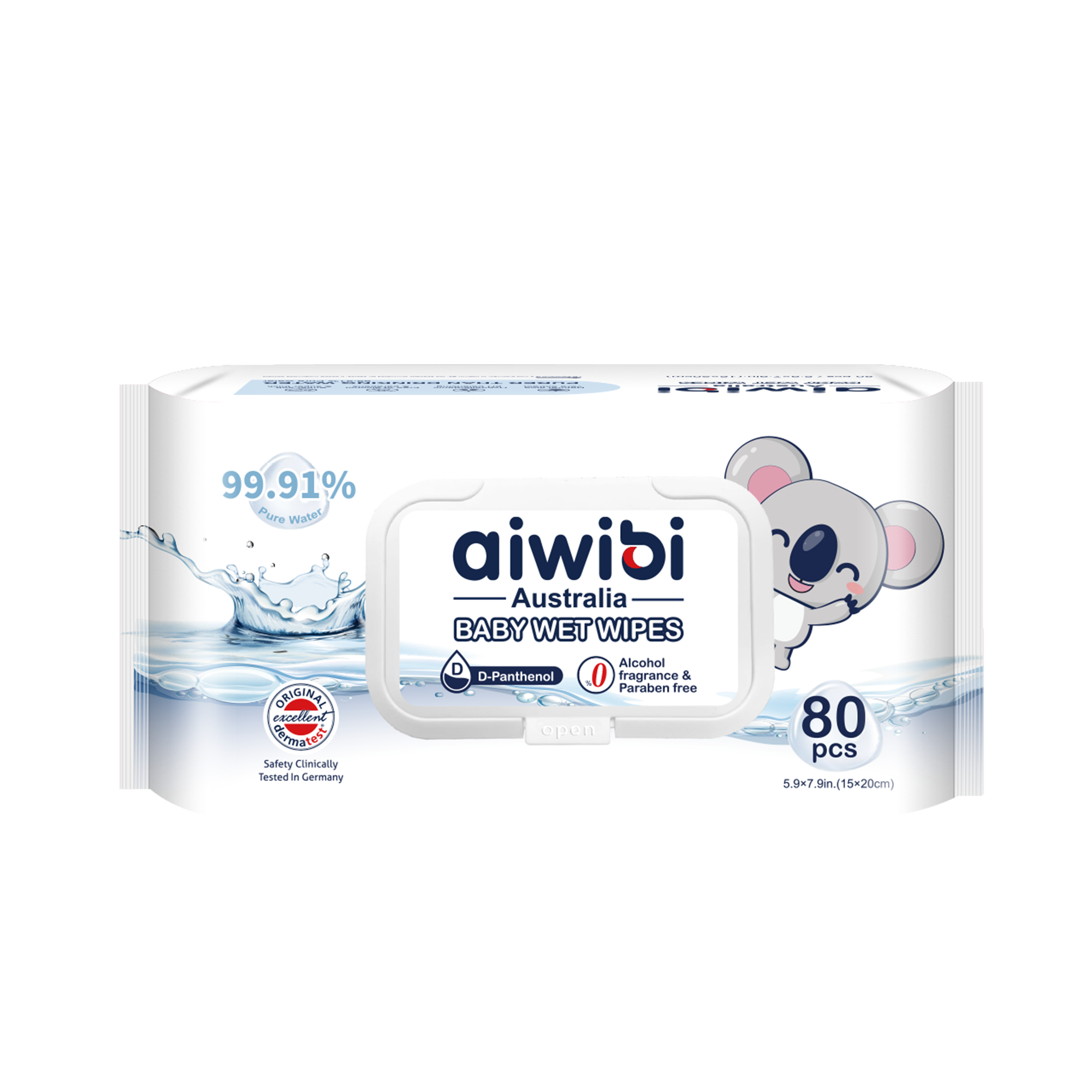In the journey of parenting, the pacifier is often called a "magic wand" for soothing babies. It can bring comfort when your little one is fussy and provide a sense of security before sleep. But is it really suitable for all babies? And how should you use it correctly? In this article, let's explore the pros and cons of using a baby pacifier, when to use it, how to choose one, and tips for helping your baby wean off it.
Key Takeaways
- A pacifier can soothe your baby’s emotions and satisfy their non-nutritive sucking needs; if used correctly, its benefits outweigh the drawbacks.
- To avoid interfering with breastfeeding, it is recommended to start using a pacifier after the first month.
- Although a pacifier is a helpful soothing tool, it should not be the primary way to comfort your baby to prevent dependency.
- Remove the pacifier in time; using it beyond 4 years old may affect dental and oral development.
Why are Pacifiers Used?
Sucking on their fingers is a natural instinct for babies, bringing them a sense of security and satisfaction. So, it's not a bad thing for a baby to like sucking their thumb. However, experts recommend pacifiers not just because "sucking on fingers is dirty," but more for long-term considerations. From a baby's long-term development and habit formation, a pacifier for baby is often a more suitable choice.

Benefits of Using a Pacifier
-
Better for Teeth and Gums, Reducing the Risk of Deformities
When a baby sucks their thumb, their finger applies constant inward pressure to the upper palate without any "counterforce" to offset it. Over time, this can lead to protruding gums and crooked teeth. But a pacifier has a special design—the round shield on the outside creates a counter-pressure when the baby sucks, which helps neutralize the pressure from sucking. This greatly reduces the impact on the gums and teeth, making it especially beneficial for teething babies.
-
Easier to Wean Off Later, Less Stress for Parents
We know that thumb-sucking is a "natural reflex" for babies. But if it becomes a habit, babies will subconsciously seek out their fingers. When it's time to wean them off, it often results in tears and frustration, which is hard for parents to see. A pacifier is an "external tool" that can be gently phased out at the right time (for example, when the baby is around two years old and more interested in new things). You can guide them to stop using it with gentle methods like "we forgot it" or "we'll give it to a younger baby," which is much easier than trying to break a thumb-sucking habit.
-
Other Hidden Benefits for New Parents
Besides being good for dental health and easy to wean from, a pacifier can help parents solve a few other small problems:
- Satisfies "Non-Nutritive Sucking Needs": Sometimes, a baby might fuss not because they're hungry, but because they want the security that sucking provides. A pacifier can precisely meet this need, preventing parents from overfeeding the baby by offering the breast or bottle too often.
- Reduces Gas: Compared to sucking on a finger or nothing, a pacifier can reduce the amount of air a baby swallows, which can lead to less gas and spit-up.
- Protects Young Infants: For babies under six months, using a pacifier can help them get used to breathing through their nose and can even reduce the risk of Sudden Infant Death Syndrome (SIDS), which is why many doctors recommend it.
Other Times to Use a Pacifier
A pacifier isn't a "magic solution" or something you should use all the time. The key is to pay attention to your baby's needs. A pacifier is most helpful when your baby is:
- Fussy and unsettled due to being sick or in a new environment, and needs comfort.
- Experiencing gas or colic and crying uncontrollably, as sucking can help soothe their discomfort.
- Getting ready for sleep or awake but not hungry, and simply wants to satisfy their need to suck.
- In a difficult situation outside the home, such as during a medical procedure, traveling, or in the car.

But remember: A mother's breast is always the best choice for comfort! A breast provides not only milk but also the warmth and sound of a mother's heartbeat, fulfilling a baby's emotional needs. Only when a mother is too tired and needs a break, or can't comfort the baby with her breast right away, should a pacifier be used as a "temporary substitute." Don't ever make it your first choice.
Important Tips for Using a Pacifier Safely
-
Avoid Using Before One Month of Age to Prevent Nipple Confusion
A newborn is learning to latch correctly. Using a pacifier too early might confuse them about how to suck on the nipple versus the pacifier, which can affect the success of breastfeeding. It's best to wait until your baby is one month old and has fully adapted to breastfeeding (or bottle feeding) before introducing a pacifier.
-
Don't "Shove It in Their Mouth" Every Time They Cry, and Don't Use It All Day
A pacifier is a "soothing aid," not a "cure-all for crying." When your baby cries, you should first check if they're hungry, have a wet diaper, or are feeling unwell. Address the root cause first. If your baby is just fussy and needs a sense of security, then you can consider using a pacifier. Also, avoid letting your baby have it in their mouth all day. Use it briefly after a feeding, between meals, or before bed. If the pacifier falls out while they're sleeping and they don't cry, there's no need to put it back, as this prevents them from becoming overly dependent.
-
Maintain Good Hygiene to Reduce the Risk of Germs
A pacifier is in frequent contact with your baby's mouth, so hygiene is crucial. For babies under six months with weaker immunity, it's recommended to sterilize it in boiling water after each use. After six months, you can simply wash it thoroughly with water and let it air dry before giving it to your baby. Always be careful not to place a pacifier on surfaces like tables or clothes, and never put it in your own mouth before giving it to your baby, to prevent the transfer of adult germs.
Absolute "No-Go" Actions:
- Don't use a bottle nipple as a pacifier: They are designed differently. A bottle nipple can cause a baby to swallow too much air and may affect their oral development.
- Don't dip the pacifier in sugar or honey: This not only encourages a preference for sweets and increases the risk of cavities, but honey can also cause botulism poisoning in babies under one year of age. This is a serious safety risk.
- Never tie a pacifier to your baby's neck, wrist, or crib: The string could get tangled around your baby's neck or limbs, causing strangulation or injury. This must be avoided at all costs.
Pacifier Quick Checklist
When you're shopping for your baby's next pacifier, keep this quick checklist handy. It makes the process easier and gives you peace of mind.
- Material: Is the pacifier made from food-grade or medical-grade silicone? This ensures it's safe and non-toxic.
- Shape: Is the shape biomimetic or orthodontic? These designs fit your baby's mouth curve and support healthy development.
- Size: Does the age range on the packaging match your baby's age? The right size is crucial for both comfort and safety.
- Shield: Does the shield have a curve? Are the ventilation holes large enough and numerous enough to prevent a rash from saliva buildup?
- Safety: Is the pacifier a single-piece design? This means it has a solid structure with no small parts that could break off and become a choking hazard.
About the Aiwibi Soothing Pacifier
For example, the Aiwibi Soothing Pacifier is made from food-grade silicone, free from BPA and PVC, giving you peace of mind. Its thoughtful design includes a round nipple for daytime use that mimics a mother's breast for a sense of security, and a lateral curve for nighttime use to support healthy oral development. It also features ventilation holes and a heart shape, which promote airflow and comfortable breathing for your baby.
We hope this little checklist helps you find the perfect "soothing tool" to keep your little one calm and happy!
Shop Aiwibi Soothing Pacifier Here >>>

The Best Soothing Tool of All
Remember, every baby is unique. If your little one doesn't take to a pacifier, there's no need to force it. Most importantly, a pacifier is just a tool. A parent's loving hugs, presence, and affection are always the best way to soothe your baby!
We hope these tips help you navigate those fussy moments with more confidence!

